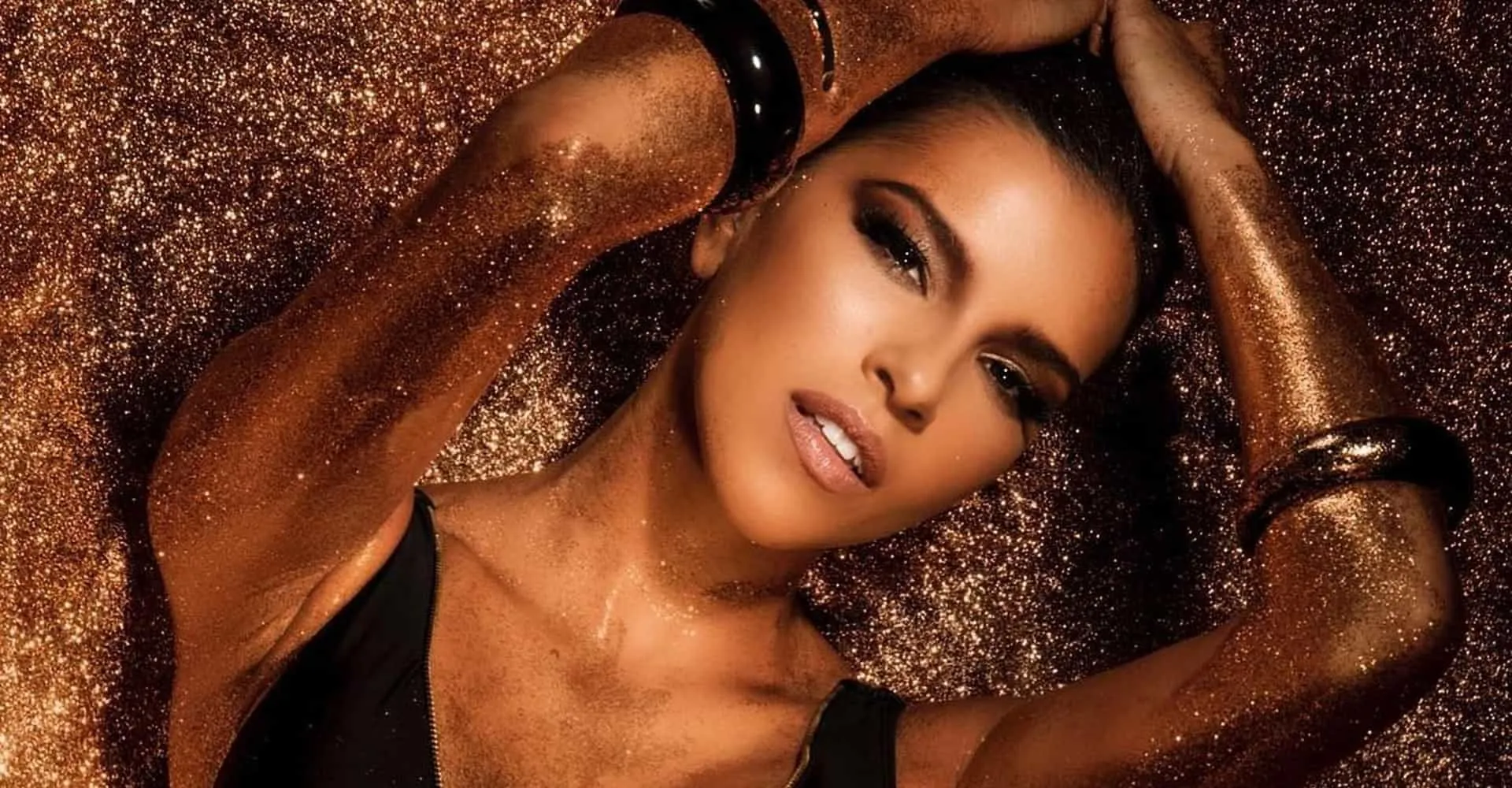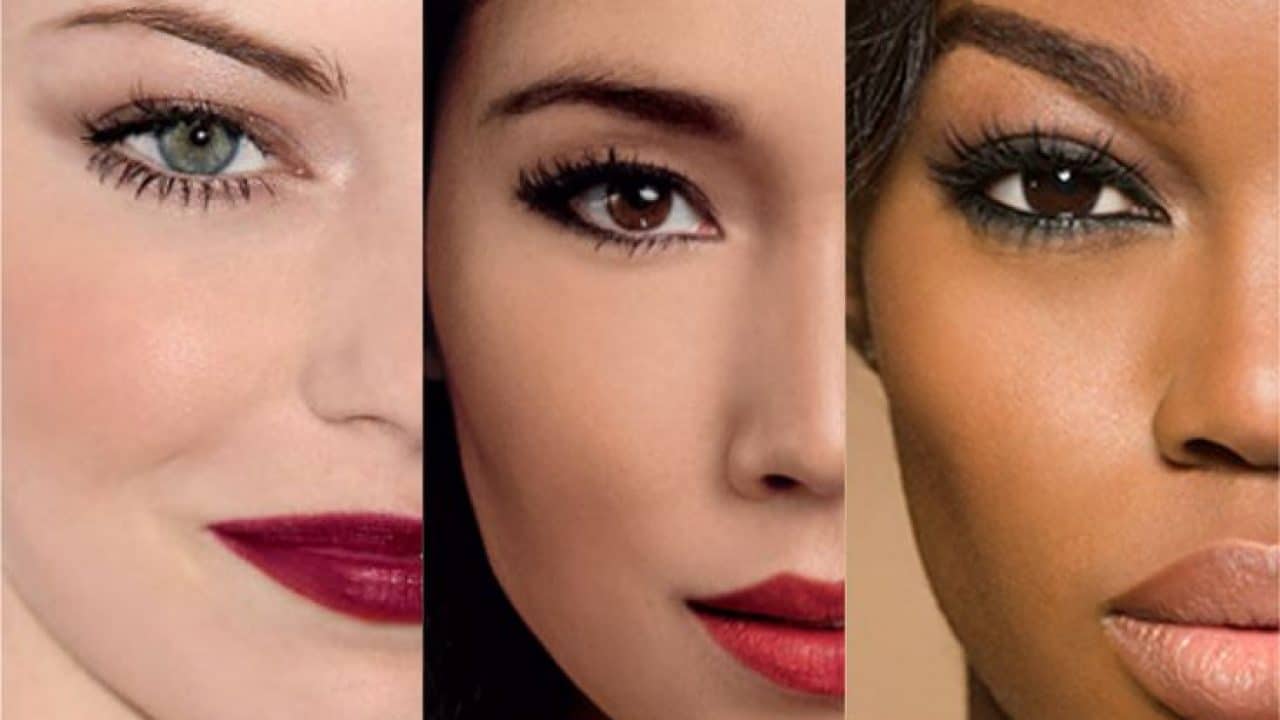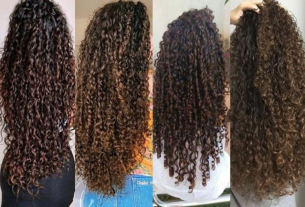We know there are different skin colors. But do you know what yours is? What about your undertone? So understand better about it.
As you know, there are several skin colors in the world. In Brazil then, due to more than 500 years of miscegenation, Brazilians have several skin tones. To get an idea, according to the 2007 Census, the color scale of Brazilians had about 144 different colors. So today half of Brazilians have what is called a mixed color.
So, would you know how to say what your skin tone and subtone is? Do you know how to choose the ideal base for your skin color? If the answer is no, we will help you to better understand the subject.
This is because in this text we will explain better what skin tone is, which determines the coloration and clear, know the main skin tones that exist and how to take care of each one of them.
Why are there numerous skin colors?
First, that each person’s skin color is defined by several factors, the main one being melanin. In fact, melanin is the pigment responsible for the coloration of our skin, being found inside our dermis and epidermis.
And more than that, it not only defines skin color, but also helps define the shades of hair and eyes. Therefore, it is important to note that melanin is a polymer. However, this polymer only exists from the amino acid tyrosine. For example, an albino person has a deficiency of this amino acid. Therefore, when the person has the absence of tyrosine in the body, there is the absence of skin color, which leaves with a paler and white appearance.
But in addition, it is important to note that the skin coloration can be changed over the years. To make it clearer, the constitutive pigmentation of each skin is a result of genetic inheritance, through melanin, and has nothing to do with radiation. The so-called optional color is reversible, and in this case, it can be changed, since it is a result of sun exposure.
Categories of the melanin
In fact, melanin is divided into three categories, and each of them has a different color. Thus, these colors are responsible for blending and giving the final tone to our skin.
So basically, the skin tones and subtones of each one exists due to the presence and amount of each of the three types of melanin that exist in the skin and hair. – Being them.
- Eumelanine: blue pigments.
- Feomelanin: yellow pigments.
- Tricosiderin: reddish pigments (most characteristic in those with natural red hair).
What is the skin tone?
The skin tone consists of the tone that the skin has. That is, it goes from light, medium to dark.
However, it is important to note that there are many different variations. And this is due to the miscegenation of races, ethnic groups and peoples.
Therefore, we can find colors of white skin, light brown, moderate brown, dark brown, black and others.
What is the subtone?
So now that you know what tone is, it’s time to find out what the subtone is. Basically, the undertone is the background color of each person’s skin. That is, it defines whether the skin is yellowish, bluish, neutral, greenish or others.
Therefore, the subtone can vary in white skin, between pink or yellowish and in black skins, between bluish or reddish.
Thus, we can highlight the 4 main subtones:
- Cold: More bluish
- Neutral: Balance between blue, yellow and red
- Ward: Most yellow
Skin tones of Brazilians
As stated earlier, Brazil has a huge variety of skin tones. There are several studies that analyze and classify the variations of skin tones of Brazilians, in dozens of types. However, we will rely on the skin tone classification used by the cosmetics industry to guide their consumers when choosing makeup items. The skin tones of Brazilians are:
1. Very light skin
This type of skin tone is mainly found in people who descend from Germans, Dutch and Italian, residents of southern Brazil. In addition, these people have blonde hair, very white skin, being very sensitive.
2. Clara beige
Also a very present tone in the southern region of the country. In this case, freckles can change the pigmentation of the skin, which is dominantly clear beige. In fact, they are very light skins that should also avoid long periods of sun exposure.
3. White rosed
Skin type result of the mixture between Italians, Portuguese, Spanish and French. It is a light-skinned tone, but with a pigmentation more pulled to the pink.
4. Pink or oriental pink brown skin
Due to the mixture between breeds, it ends up creating other shades. For example, in the case of oriental skin, in addition to the pigmentation dominantly yellow, it has tones ranging between bronze and pink. In the brown skin that has the same skin tone, but with a pigmentation more for the pink.
5. Yellowish or oriental yellowish brown skin
This is a very common skin tone in Brazil, the golden brown. In this case, the pigmentation of the skin pulls more towards the yellowish tone.
6. Dark brown/tanned or oriental tanned or mixed-swield skin
This very characteristic skin tone of Brazil is found more in the Midwest region of the country, being characterized by the ease of being tanned. In this tone, the tanned and mixed-rain oriental skins also fit, having a more yellowish pigmentation.
7. Yellowed Mulata
The skin of musata coloring greatly represents the country’s miscegenation. Basically it is the mixture between white and black or indium, being also more yellowish.
8. Dark black mulata
This skin tone is tans easily, as its pigmentation is more pronounced. Thus, the skin ends up becoming darker and grayed out with time. It is a traditional type of skin of the country, and it is present in all regions, but predominantly in the North and Northeast.
9. Yellowish black skin
Characteristic tone of descendants of Indians and blacks. It is a black tone with yellowish pigments.
10. Dark black skin
Finally, the last tone of this classification, which contemplates the darkest and grayest skin, being descended from the pure blacks.
Types of skin colors, according to Fitz Patrick
The color rating of Fitz Patrick was created in 1976 by the American dermatologist Thomas B. Fitzpatrick. This classification is made from the capacity of each person to tan. In addition to the sensitivity and redness when being exposed to the sun. In fact, this classification is most used worldwide, including by the Brazilian Society of Dermatology.
Then, from this classification, it is possible to determine the skin tones, and also recommend the type of treatment and care that each one demands. In total there are 6 types, which are:
1. White skin – always burns – never tans – very sensitive to the sun

Those who have this type of skin, have a very sensitive phototype to the sun, being characterized by a very white skin, almost always with the presence of freckles. In fact, it is common in people with light hair, from the blonde to the redhead, and who have blue or green eyes.
How to Care for This Skin
So, because it is a very sensitive skin, which always burns and never tans, people with this type of skin should avoid long exposures to the sun. In addition, it is essential to use sunscreen with SPF 50, in addition to using other barriers to protect from the sun, such as hats, umbrellas, among others.
2. White skin – always burns – tan very little – sensitive to the sun

This hair is also very sensitive to the sun, being predominant in blonde people or with light brown hair. Generally, those who have this skin tone have light eyes and have freckles after exposure to the sun. Much like the first type of it, in this case it rarely tans, and very slowly and is also easy to burn.
How to Care for This Skin
Because it is very sensitive, the recommendation is very similar to the first. Recommended the use of SPF 50 sunscreen and avoid long periods in the sun without protection.
3. Light brown skin – moderately burns – tanning – normal sensitivity

Those with medium fair skin are ranked level 3 on the Fitz Patrick scale. Those who have this skin tone usually have dark or brown blond hair. It is a slightly darker skin tone than the first two, and so it has a little more resistance to the sun. In addition, you can even tan over time.
How to Care for This Skin
Despite having a normal sensitivity to the sun, more than the first two, this skin also burns without protection. Therefore, the indication is the use of sunscreen with at least SPF 30.
4. Moderate brunette skin – burns little – always tan – normal sensitivity

This skin tone is common in a person with hair and light brown skin tone. In fact, this skin is more resistant to the effects of UV rays, and so it manages to tan with ease and does not burn much, as well as has a regular sensitivity to the sun.
How to Care for This Skin
However, although more resistant, this type of skin also does not dispense with the use of sunscreen. However, in this case it can be one with a lower protection of SPF 15.
5. Dark brown skin – rarely burns – always tans – little sensitive

The lighter brown and black skin, marks level 5 of the scale. This phototype hardly burns, in addition to being tanned quickly, and is not sensitive to the sun. It is common in people who have black and brown hair.
How to Care for This Skin
Again, even though it is more resistant than the previous ones, this type of skin as well as everyone, also needs protection. But in this case, the sunscreen should be from SPF 15.
6. Black skin – never burns – totally pigmented – insensitive to the sun

Finally, black skin, predominant in people with black hair. This phototype almost never burns, since it is totally pigmenting, having a kind of natural protection to the sun, due to the high levels of melanin in the skin.
How to Care for This Skin
So even having a natural sun protection, this skin also needs to use sunscreen, with SPF from 15.
White skin
Pink tone

You know that very white person who usually has a very pink cheek? These people have a pink hue. Even people who have this skin tone usually have English, French or German origins. In addition, it is common to also find in these people blue, greenish blue or turquoise blue eyes.
Yellowish tone

First, this skin tone is very common for Brazilians. In fact, almost 90% of the population has this skin tone. In fact, this is precisely because of the miscegenation, the mixture of races. This is why it is not so common here to find shades of pink skin.
Therefore, this skin tone usually tans more easily. Moreover, the most striking characteristics of these people are dark blonde hair, golden brown, brown and red. The eyes are usually brown, green, brown, with some shades of orange, yellow or honey.
Black skin
Blue tone

It is important to note that this skin tone is usually found in descendants of pure blacks. People who have no mixture of races. In fact, this skin tone tends to the coldest color. Above all, the main characteristics of people with this skin tone are brown and darker hair. The eyes usually vary between brown, brown and darker colors.
Red red tone

Basically, this tone has a redder pigmentation, and is more common to find in black women. In fact, women who have this skin tone are usually descendants of blacks and Indians.
Tip to choose your face base
You probably already have gone through that situation of buying a base and when using the result it was half gray, pink or too yellow. This is due to the undertone of the skin, which are hot, cold and neutral. So the first step to choosing the right foundation for your face is to know your skin undertone. Knowing this, it is much easier to find.
For example, for those who have the hottest skin undertone, the ideal is to look for bases with yellowish background. While those who have the cold undertone, the best base option is those with the most pinkish background.
But in any case, always try the makeup before you buy. Also, be aware of European makeup, which prioritizes the most pink skins and are more common there.
Read more:
Personal coloring test: how to find out your color palette?
Hair color: discover the ideal shade for your skin + inspirations
Skin Subtom – Types and How to Choose Makes and Clothing According
Hair colors for brunettes – Choices that enhance skin tone most
Makeup for black skin: 6 tips to never go wrong
Color of enamel to black skin: learn to choose the ideal tone
Base for oily skin – How to choose the right and best in the market
Be beauty, Catharine Hill The Clinical Boticius Harmonizes Luciana Maluf

Sign up for our newsletter and stay up to date with exclusive news
that can transform your routine!
Warning: Undefined array key "title" in /home/storelat/public_html/wp-content/plugins/link-whisper-premium/templates/frontend/related-posts.php on line 12
Warning: Undefined array key "title_tag" in /home/storelat/public_html/wp-content/plugins/link-whisper-premium/templates/frontend/related-posts.php on line 13




